2013.11.13 19:37
Why won't you design what we (the public) want?
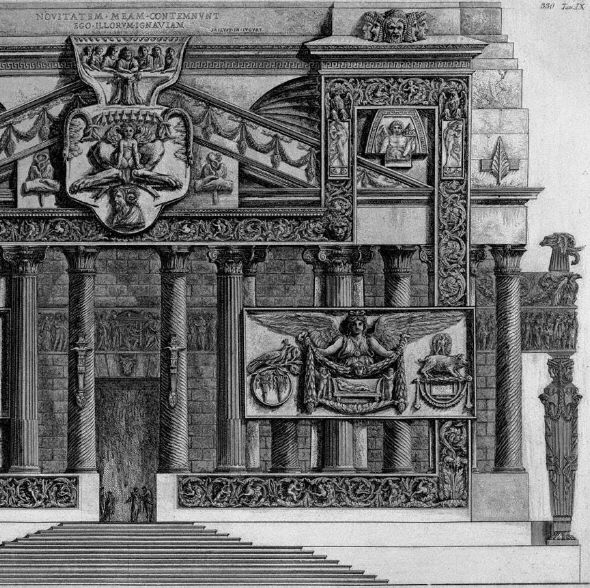
elevation
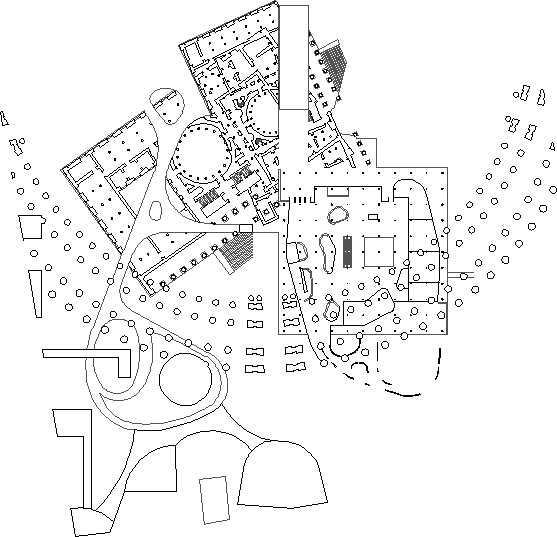
plan
a line
- - - - - - - - - - - - - - - - - - - - - - - - - - - - - - - - - - - - - - - - - - - - - - - - - - - - - - - - - - - - - - - - - - - - - - - -
has been drawn
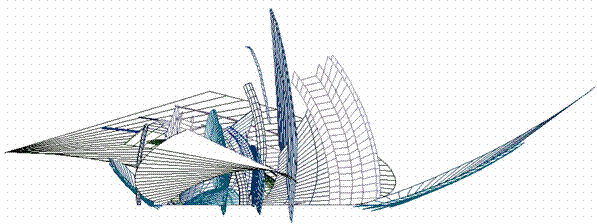
elevation
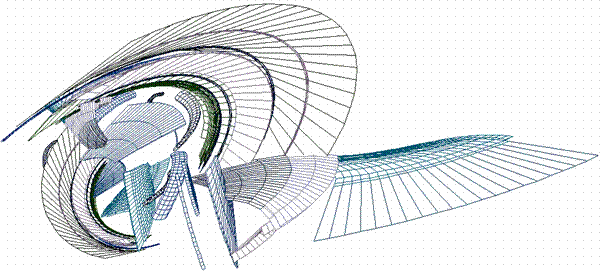
plan
| |
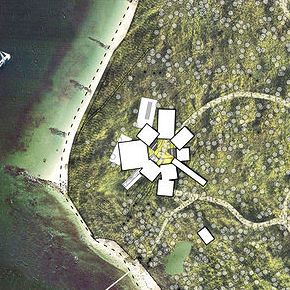
REX Necklace Residence 2013
REX Calvin Klein Voyeur House Singapore 2014
2014.02.03 13:48
3 February
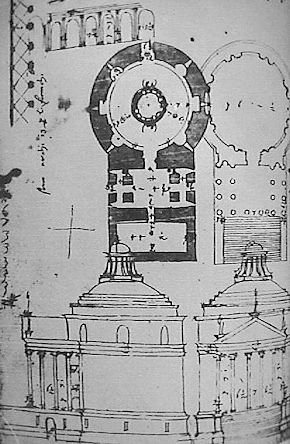
This is the third illustration corresponding to Chapter 1: Modern Architecture and the Eclipse of History, and I'm sure I've seen the image many times before (since I've owned a copy of the book since 1980), but never before did it register any significance for me. There is no explicit reference to the Palladio reconstruction drawing within Chapter 1, and the only possible reason for the inclusion of the illustration lies within a passage from page 19:
"One of the main features of Borromini's architecture is that he sees himself as the heir of the troubled Mannerist issues, of their uneasy symbolic world, of their ethical criticism. It is for this very reason that Borromini gives first place to the problem of history. For Borromini, architecture must not follow a programme imposed from outside, but has to find its own motives in the independent shaping of its programmes, must fold on itself to show its structure as a renewed instrument of communication, has to stratify itself in a complex system of images and geometric-symbolic matrixes. Therefore the spatial synthesis that will unify such a tangle of problems van only tend to a multi-valence and to a simultaneity of meanings. In the typological syntheses constantly adopted by Borromini as a method of configuring space, there always seeps through a bricolage of modulations, of memories, of objects derived from Classical Antiquity, from Late Antiqity, from Paleo-Christian, from Gothic, from Albertian and utopistic-romantic Humanism, from the most varied models of sixteenth-century architecture. They span from the spatial permeations of Perruzi to the anamorphic contractions of Michelangelo and Montano, to the anthropomorphic decorativism of Pelligrini, to the attempts at linguistic renewal by Vignola and Palladio."
...my theory/methodology is best described as appositional.
I can still remember how it was difficult (for me) to find a definition of bricolage back in the late 1970's. It's not at all difficult now, however:
"In the practical arts and the fine arts, bricolage (French for "tinkering") is the construction or creation of a work from a diverse range of things that happen to be available, or a work created by such a process. The term bricolage has also been used in many other fields, including intellectual pursuits, education, computer software, and business."
"Bricolage is considered the jumbled effect produced by the close proximity of buildings from different periods and in different architectural styles. It is also a term that is admiringly applied to the architectural work of Le Corbusier, by Colin Rowe and Fred Koetter in their book Collage City, suggesting that he assembled ideas from found objects of the history of architecture. This, in contrast to someone like Mies van der Rohe, whom they called a "hedgehog", for being overly focused on a narrow concept."
While appositions are not always bricolage, it might well be true thought, that bricolage is always a form of apposition.
| |
Quondam Danteum Plus Ultra 2014.02.04
2014.02.04 13:48
4 February
Text of pleasure: the text that contents, fills, grants euphoria; the text that comes from culture and does not break with it, is linked to a comfortable practice of reading. Text of bliss: the text that imposes a state of loss, the text that discomforts (perhaps to the point of a certain boredom), unsettles the reader's historical, cultural, psychological assumptions, the consistency of his tastes, values, memories, brings to a crisis his relation with language.
Now the subject who keeps the two texts in his field and in his hands the reins of pleasure and bliss is an anachronic subject, for he simultaneously and contradictorily participates in the profound hedonism of all culture (which permeates him quietly under cover of an art de vivre shared by the old books) and in the destruction of that culture: he enjoys the consistency of his selfhood (that is his pleasure) and seeks its loss (that is his bliss). He is a subject split twice over, doubly perverse.
Barthes
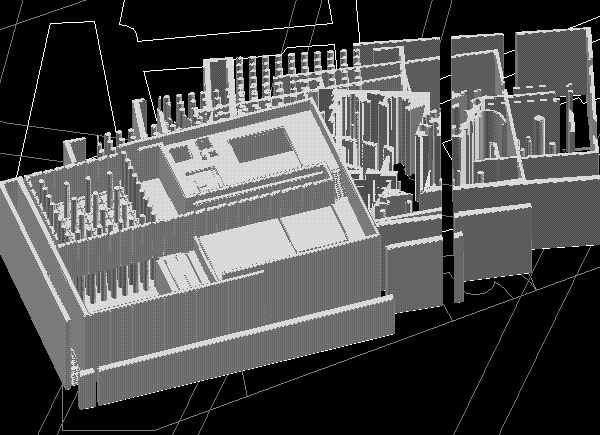
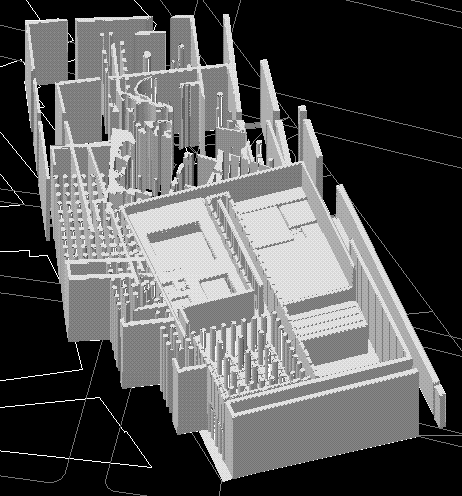
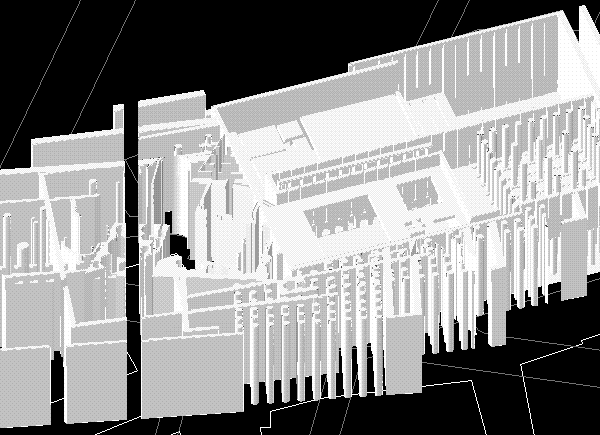
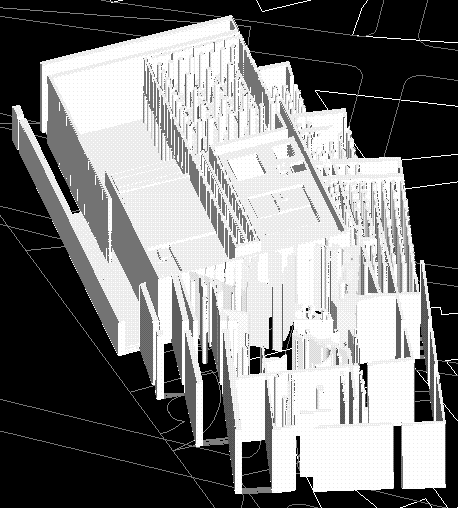
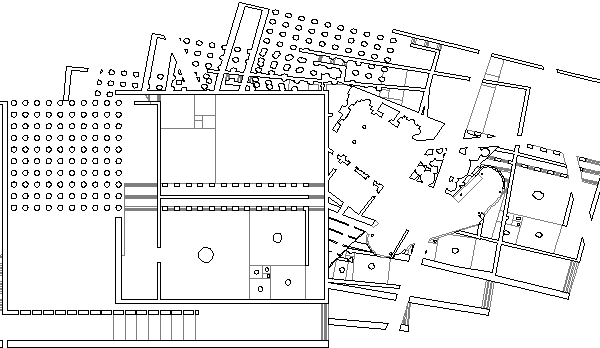
|